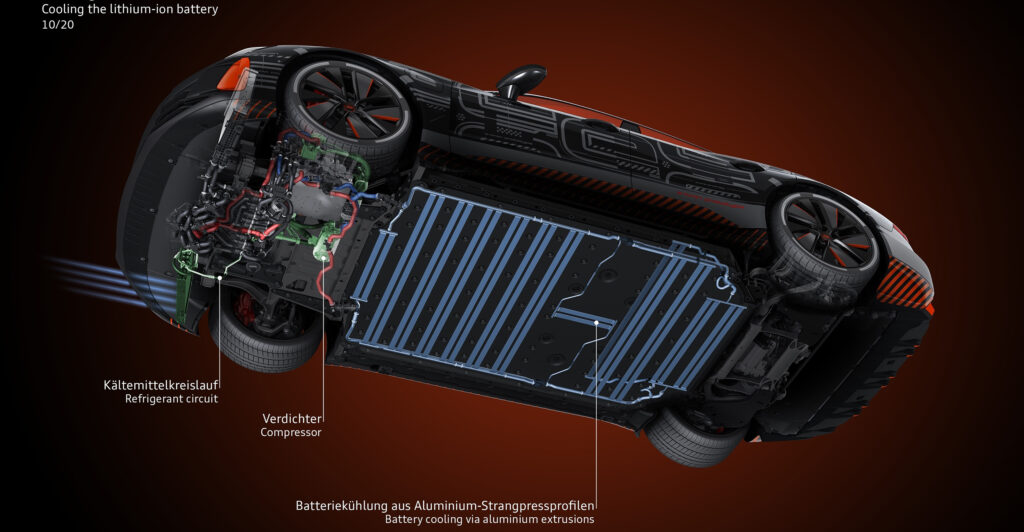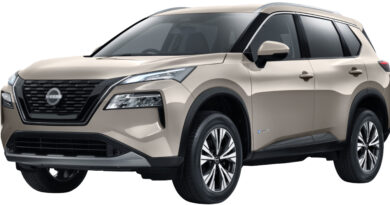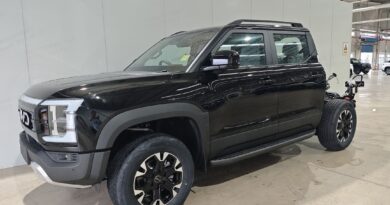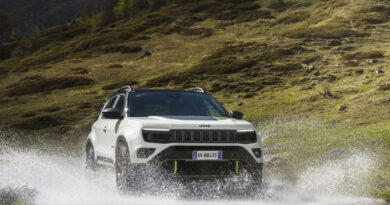EV Q and A: From towing with an EV and servicing your electric vehicle, to dodging Tesla’s Sentry cameras
Every week we find our inbox overflowing with questions from the EV interested about electric vehicles, like how they work, how and where they can charge, how they drive, why they appear so expensive, and much, much more.
If people are wondering, there’s a good chance you are, too, so we’ve taken a selection of EV questions, and our answers, and published them here for you.
Think of it as our FAQ, or as is sometimes the case, our not-so-frequently asked questions.
Got a question on an electric car? Ask the expert EV Central team now!
Q: Is or will there be charging areas for the new utes and tow vehicles towing caravans? To stop and top-up on the road with the caravan in tow? The charging places now are most in car parks no good if towing.
Gavin
A: You’re absolutely right in that most EV charging points are designed for trailers. Refilling EVs that can tow certainly hasn’t been a priority in the initial growth phase of the electric vehicle charging network. That’s in part because most of the EVs currently on sale in Australia aren’t rated to tow. There are also challenges with towing with an EV when it comes to range; while the grunt of the electric motors shouldn’t have an issue shifting extra kilos, the range reduces dramatically, which means you’ll need to charge more often. That’s all coming, especially with the plethora of electric utes currently being developed. Once we see more of those heading our way is when we’d expect to see the charging network start accommodating the specific requirements for charging an EV that’s towing something.
READ MORE: Complete guide to towing with an electric car
Q: How easy is it to find a garage to service an all-electric or hybrid car.
Clifford
A: EVs have far less to go wrong than petrol or diesel cars, so most mechanics should be able to perform a basic service. Just make sure they don’t go mucking around with any of the bright orange cables (mechanics will know not to touch them!) because that’s for the high voltage system, which is usually 400V or 800V. Electric motors don’t require any servicing and most EVs only have a reduction gear, not a gearbox or transmission (the Porsche Taycan is one exception). So for checking suspension, brakes and other things, it should be pretty much the same as an ICE car. The one main difference with an EV is the heating/cooling system for the battery and/or power electronics system; the fluid needs to be replaced every now and again (sometimes as little as every two years or as long as eight or more years). There can be some tricks with draining and refilling the coolant, although independent mechanics should be able to access service manuals for details (sometimes at a cost).
READ MORE: Why do EV batteries need a cooling system?
READ MORE: Do EVs require servicing?

Q: I’m about to buy an EV but my property only has an outdoor (off-street) car space ie. no garage (and I’m unable to even install a roof in the car space area). Therefore, the EV I buy will be sitting in hot direct Australian sunlight for at least a couple of hours a day (and worse in summer). Is this a problem for an EV and/or its battery (degradation etc)?
Dan
A: Extreme cold is worse for a lithium-ion battery than some good ol’ Aussie heat. Depending on which expert you listen to (and the exact chemistry of the battery) the optimum temperature for an EV battery is typically between about 15 and 35 degrees Celsius. But if the temperature heads either side of that the batteries have their own cooling and heating system and the car will use some of its battery charge to maintain the optimum temperature. Sure, it’ll use a tiny bit of electricity doing that, but the onboard software determines it’s acceptable to look after the longevity of the battery.
READ MORE: Do electric car batteries wear out?
Q: We have two Teslas in our street, often parked outside our house, meaning 16 cameras to watch all our movements. How good are these cameras, ie when looking out my front window (at the letterbox for possible mail del.) through the net curtains, can the side or rear cameras see and record me? Will the sound pick up our voices when visitors come to our front door? Feeling very spooked to have people who we don’t know watching, recording and hearing how we go about our daily lives…
Robbie
A: Not all those cameras are used for the so-called Sentry mode; some are there for driver assist features such as auto braking. And Sentry mode does not record sound, only vision. Not that that probably makes you feel any more comfortable… But Sentry requires the owner of the car to activate it and it drains a fair bit of battery power when operating, so many owners don’t bother. To test whether the car has Sentry activated, walk up to it and you’ll see the headlights flash and it’ll also pop up a warning on the touchscreen in the centre of the car. Even then, you’ll notice you have to get fairly close to the car (within a couple of metres) to trigger that warning. That said, while Sentry is always looking for a “security threat” it only saves the 10 minutes prior to one of those alerts. So provided no one has walked close to the car prior to the time you were checking the mail or looking out the window. As for the quality of the footage, below is a screen shot from a moving Tesla Model 3.
READ MORE: Tesla Model 3 Standard Range Plus review
READ MORE: Everything you need to know about the Tesla Model 3

Q: My 2010 Subaru Forester needs about $5000 spending on the engine and my son’s Tesla Model 3 got me thinking about putting that money towards an EV conversion. Have you heard of an AWD Subaru being converted? Is there anyone in Brisbane who can do it and what would be the rough cost of a conversion like this?
David
A: We haven’t heard of a Subaru being converted, but it’s no doubt happened somewhere. Most of the EV conversions we’ve heard about have focused on cars that are a little bit different or rare, with the e-motors giving them another lease on life. We’ve done plenty of stories on EV conversions, which we’ve linked to below. And the short story is they’re typically not cheap, something that will make the $5000 fix seem like a bit of a bargain. We’re expecting prices to come down in coming years, especially as car makers such as General Motors are planning to sell conversion kits.
READ MORE: Converting classic to electric: How to do it and how much does it cost?
READ MORE: Planning a DIY electric car conversion? Read this first




